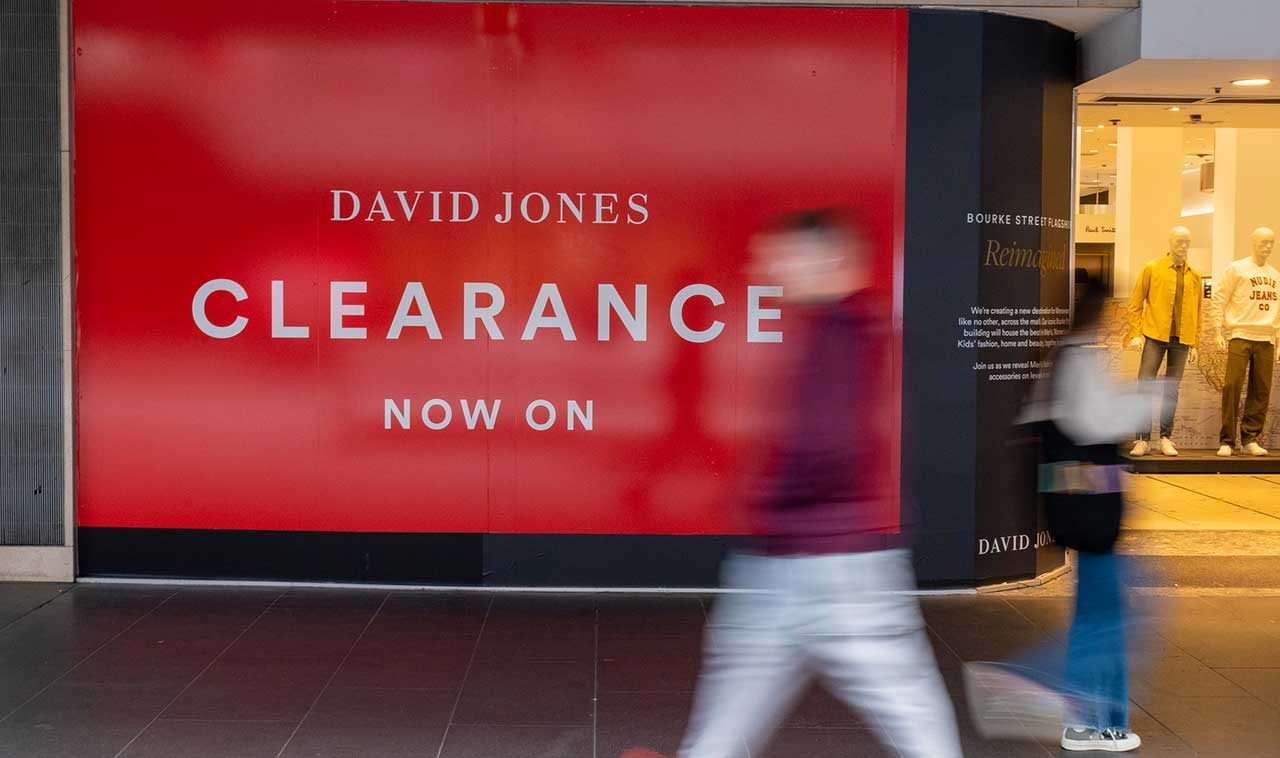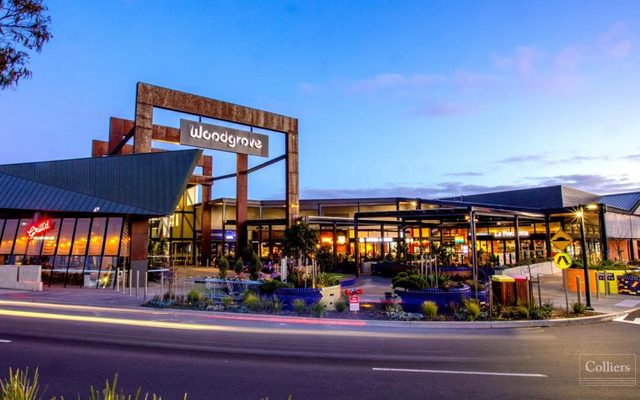This article is from the Australian Property Journal archive
OFFSHORE investors and private players driven by attractive asset pricing will dominate Australian retail real estate acquisitions throughout 2023, while AREITs will likely be net sellers.
According to JLL’s Retail Investment Outlook 2023, some $6.6 billion worth of retail assets were withdrawn from the market in 2022 as the mismatch in vendor and buyer expectations widened, and the stock overhand will be a key driver of the next wave of activity given limited on-market opportunities.
“We have seen some of these assets return to the market in 2023 reflecting motivated selling as vendors aim to increase liquidity although there have been very few signs of distress to date and we don’t anticipate there to be many distressed opportunities,” the report said.
Sam Hatcher, JLL executive director, head of retail investments, said that from a valuation and pricing perspective, the retail sector continues to be increasingly attractive in comparison to other property sectors resulting in significant new sources of capital entering the sector in 2022.
“The investment market remained highly divergent as domestic and some offshore capital sources continued to selectively seek exposure to assets which were land-rich and have a potential development upside with the ability to extract value from alternate uses, namely sub-regional and large format retail assets,” he said.
JLL expects to see “strong engagement from offshore investors as they continue to build a case for investment in Australia given the value proposition relative to market fundamentals,” in 2023.
“Offshore groups, which have re-focussed on convenience retail and sub-regional centres in recent years, will potentially start to target regional centres given the correction in values to date, recovery in trading performance and leasing, and depth of alternate use opportunities which are likely to emerge.”
“After slowing the pace of acquisitions in the last few years, offshore investors have been undertaking more market and sector due diligence ahead of potential direct investments, joint ventures or equity commitments to local managers.”
Offshore investors were slight net buyers of about $171 million in 2022, but still accounted for 15% of total sales volumes. The largest sale was LaSalle Investment Managements’s $282 million acquisition of Crossroads Homemaker Centre on behalf of CalSTRS.
Private capital re-emerged in 2022, consistent with historical trends during volatile periods such as the global financial crisis, and accounted for 33% of total volumes – the highest of all buyer types. The segment had been a net seller in eight of the previous nine years but in 2022 were net buyers of $594 million.
“Private investors are likely to account for a significant proportion of sales volumes in 2023, capitalising on opportunities as institutional capital takes pause. Core institutional capital is likely to be focused on debt management as their priority to maintain sustainable gearing and interest coverage ratios,” the report said.
Given funding challenges, AREITs are likely to remain relatively inactive throughout 2023 in terms of acquisitions and will likely be net sellers, the report said.
“Despite a drop off in activity in 2022, some AREITs stated an interest in asset recycling in their December 2022 results, while others will likely divest to repay debt and fund refurbishments to maintain conservative gearing.
“We see the divestment by AREITs driving the pipeline of opportunities for other sources of capital in 2023.”
Retail values to be resilient
The latest numbers from The Data App show deals have fallen by 41.2% annually in the three months to April, and while there was improvement in the volume and value of transactions this reflected some large assets changing hands. MSCI head of Pacific real assets research, Benjamin Martin-Henry has said price discovery has become more and more challenging for both buyers and sellers, resulting in restraint in the market.
JLL expects retail will be the most resilient asset class from a re-pricing perspective, given the reset in income and values in 2020, during the initial outbreak when compared to other sectors which maintained high asset valuations.
“Asset re-pricing remains a key theme in 2023 as the yield decompression cycle continues across sectors. More evidence of retail yield decompression is likely to emerge in 2023 but not to the same extent as some other real estate sectors given retail yields were at a higher starting point relative to the risk-free rate and lack of significant compression over recent years in most retail sub-sectors.”
According to JLL, neighbourhood centre yields have softened by 66 basis points from the low point reached in March 2022; sub-regional shopping centres are the highest yielding across all commercial property sectors and have been the most resilient, having only softened by 25 basis points in the 12 months to March, while regional yields have softened by 75 basis points, albeit over a much longer period, since 2018, with 27 basis points of movement since March 2022.
“Sales velocity” is expected to increase as 2023 progresses.
“While some owners may look to selectively divest assets to reduce debt, stabilisation in the cash rate is likely to improve investor sentiment by reducing some uncertainty around future funding costs in the medium term.
“Nevertheless, asset pricing is still recalibrating to the new cost of debt levels and there will be a lag before an adjustment is reflected in book values underpinning the retail investment proposition.
Retail spending in December 2022 was 26% above pre-pandemic levels with retail trade beating market expectations for most of 2022. Spending volumes have remained broadly stable, and inflation has resulted in higher prices and has been the main contributor to the growth in total retail spending.
“The well-flagged discretionary spending slowdown should be considered in the context of an elevated starting point and risks that have been largely priced-in to valuations over time,” JLL said.




